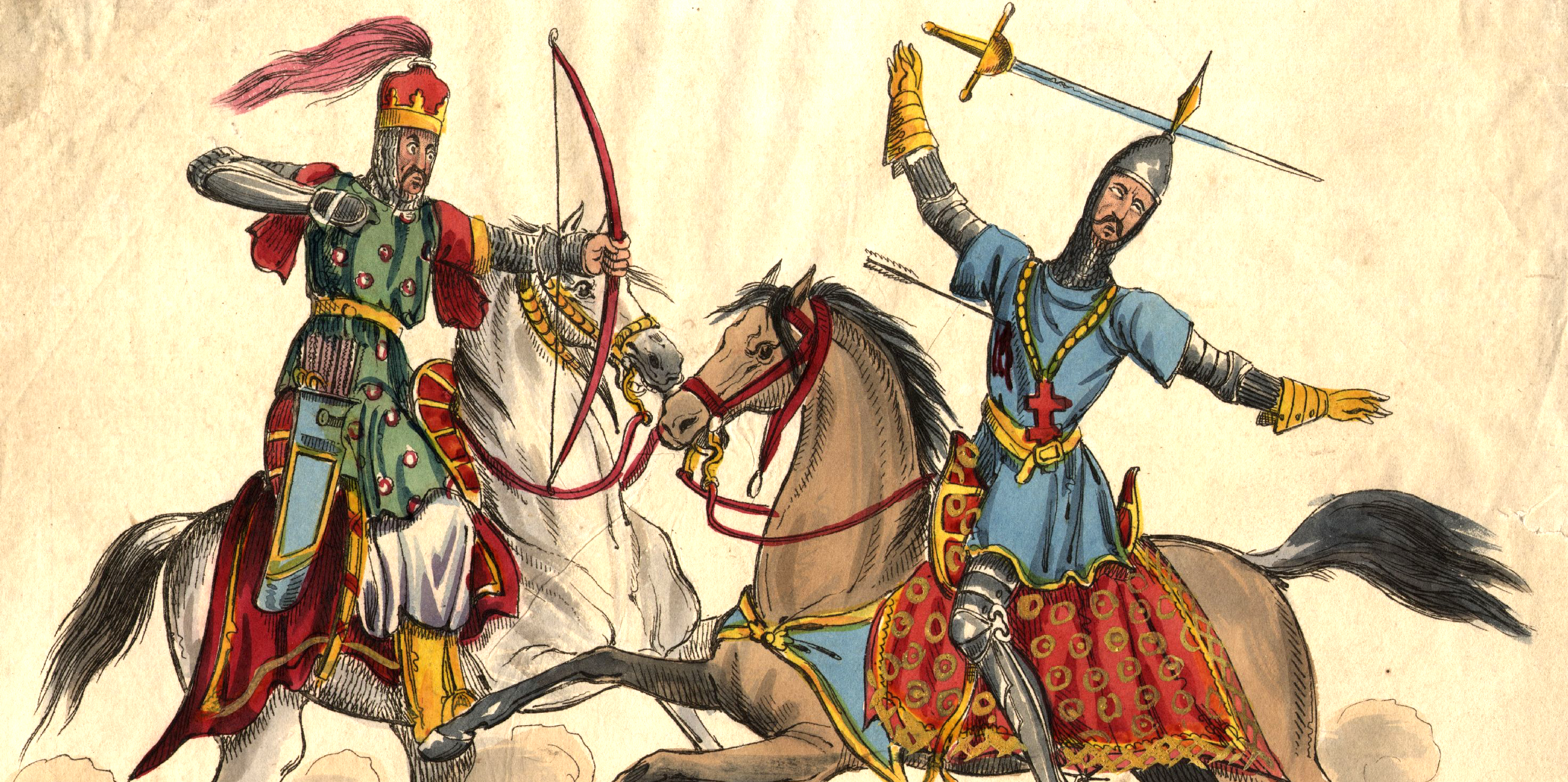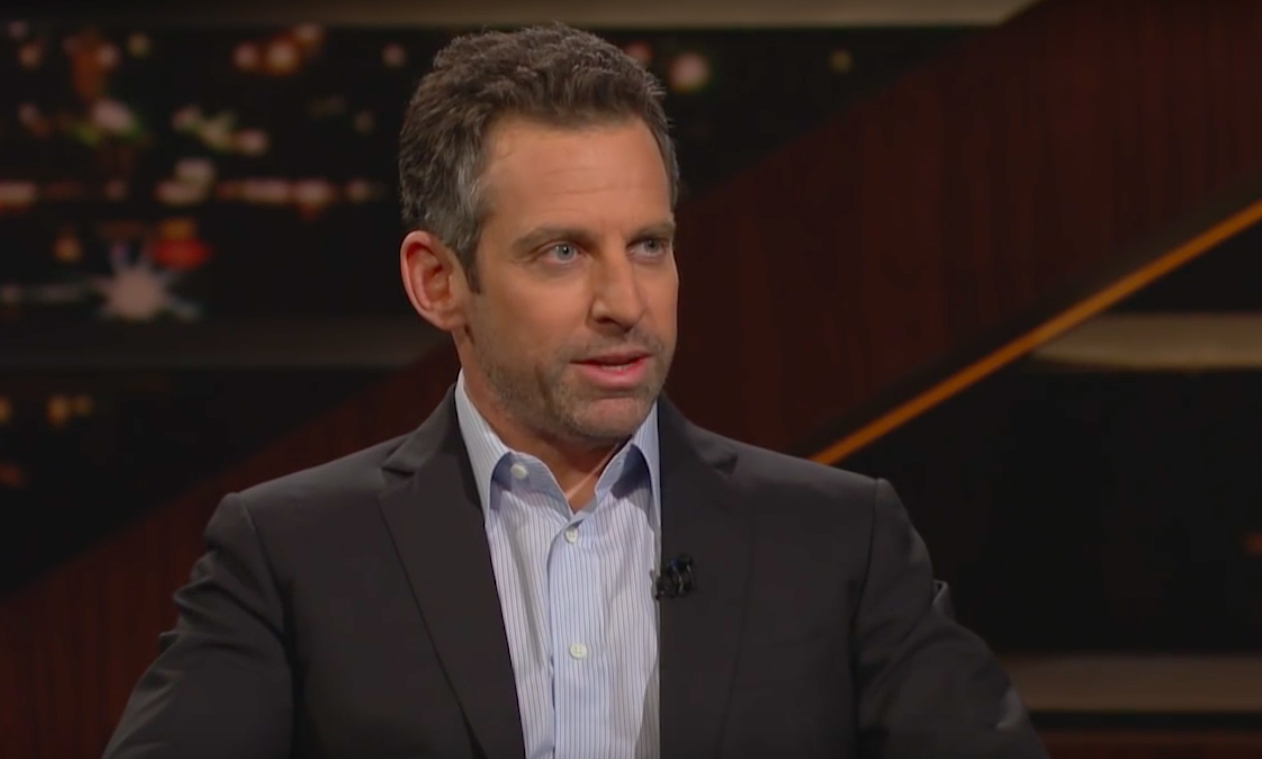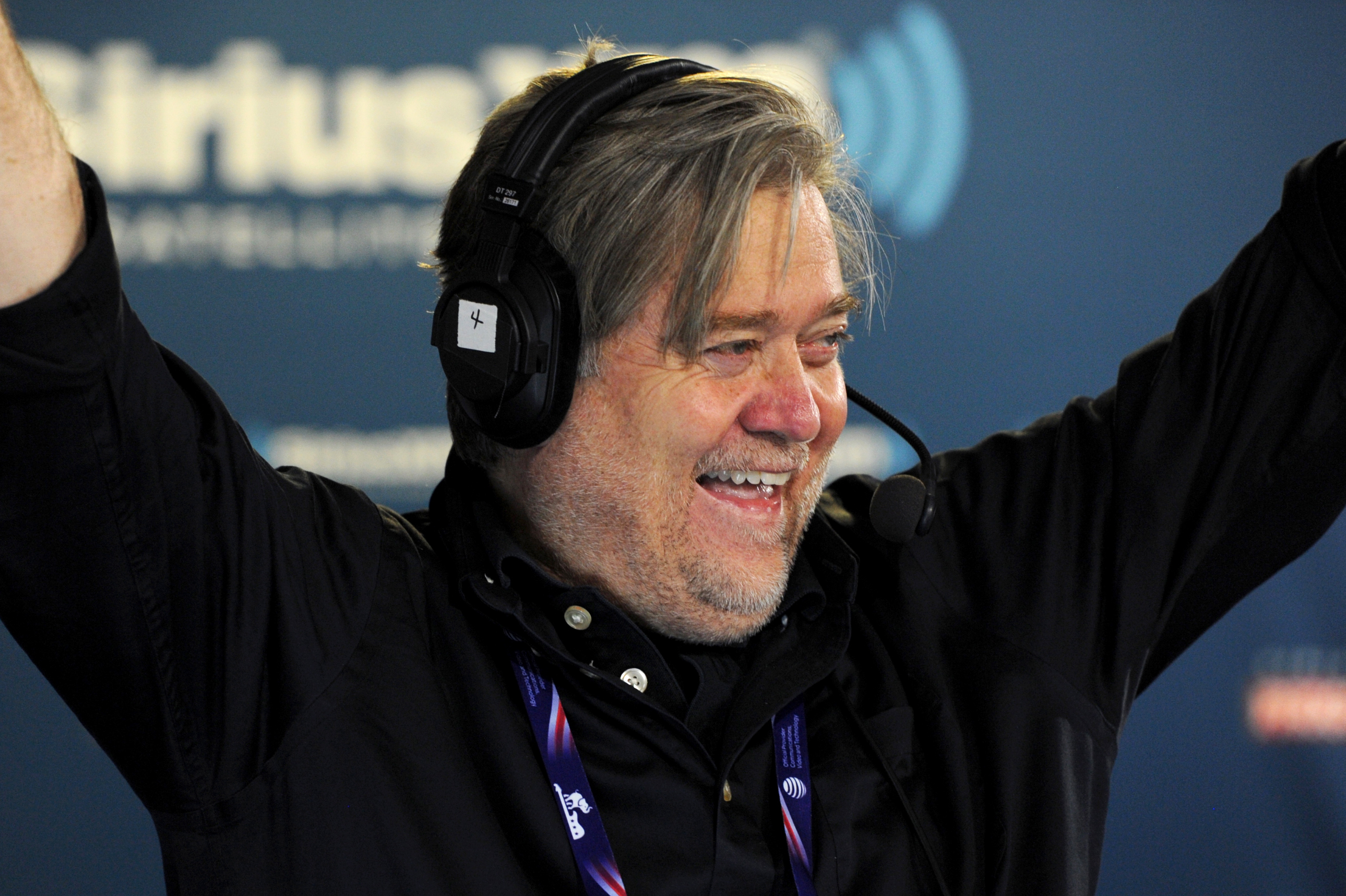steve bannon
The Middle Ages see a resurgence of interest among the alt-right and some conservative thinkers.
“If all that liberals can do in response is continue to lie about the causes of terrorism and lock arms with Islamists, we have some very rough times ahead,” writes Sam Harris.
Number of terrorist acts perpetrated in the U.S. by nationals of any of the seven countries? Zero.
Much news on the Internet is very similar to the dangerous “yellow journalism” of history.



